March 05, 2017
By Lisette Hilton – Modern Medicine Network
With so many new and exciting filler products in the U.S. pipeline, American dermatologists and their patients are in for a treat, according to Hassan I. Galadari, M.D., who presented “Up and Coming Fillers: Experience from Across the Atlantic,” on March 4 at the 2017 American Academy of Dermatology (AAD) Annual Meeting in Orlando, Fla., March 3 through 7.
Dr. Galadari, an American board-certified dermatologist who practices in Dubai, says there are more than 80 companies that produce hyaluronic acid (HA) fillers worldwide.
“…though not all will be approved in the U.S., the larger companies–those who push the envelope in the areas of research and development–will be introducing their products to the U.S. very soon,” Dr. Galadari tells Dermatology Times.
A trend among filler companies is to focus on adding products that cater to certain parts of the face, he says.
“In the U.S., doctors are made to dilute their fillers in order for them to safely use them in certain parts of the face–say the tear troughs under the eyes, for example. That will change with the introduction of newer softer products that have been approved for those indications,” Dr. Galadari says.
Recent U.S. approvals for Restylane’s Refyne and Defyne (Galderma) fillers occurred long after the rest of the world began using those fillers. The newest Galderma HA fillers in the U.S. have been in use in other parts of the world since 2010, as part of Galderma’s Emervel line.
HA fillers are not the only potential new kids on the block. Non HA fillers will be entering the U.S. market soon. While not much has changed with poly-L-lactic acid (PLLA) and calcium hydroxylapatite (CaHA) formulations, a filler containing polycaprolactone (PCL) is in the pipeline to be approved in the U.S., according to Dr. Galadari.
“PCL is a bio-stimulatory filler that comes in four different formulations of different longevities, without affecting its viscosity and no change in extrusion forces. The longest in the range, which can last up to four years, may be used for those with structural anomalies or defects, such as HIV lipoatrophy and even acne scars,” he says.
Avoiding, addressing potential complications
Filler use is not without complications. The good news is there are ways to address and avoid them.
Swelling is one of the most common adverse filler-related effects. Different fillers—even those in the same category, such as HA—behave differently, according to Dr. Galadari.
“Depending on the concentration of short and long chain HAs in the product, the degree of swelling varies. Swelling is transient, but there are some products where the swelling can last more than two weeks, and, for patients seeking fast and immediate beautification for an event, [that might not be acceptable],” he says.
Bruising can result, especially when treatment involves many injection sites.
“Needles, potentially, can statistically cause more bruising to happen as compared to a cannula. That’s why the use of cannulas have risen. Cannulas are great tools, but their limitation may lie in the fact that they can only inject the deeper plane and not the dermis. The superficial lines need to be injected with needles,” Dr. Galadari says.
Lumps can occur with use of any product. And when they do with HA fillers, injectors can simply dissolve them by injecting hyaluronidase.
“The same cannot be said with non HA fillers, which may require the injection of saline to help soften the lump, but not essentially dissolve it. Granulomas are distinct lumps that have to be proven histopathologically,” he says.
Biofilm can occur with any product but are common with HA fillers. The only way to remove biofilm is with complete removal of the product and a course of antibiotics, according to Dr. Galadari.
“Intralesional steroid use has fallen out of favor and is not as common as in the past, given that [the steroids] may cause more harm than good in terms of causing atrophy to the surrounding tissue,” he says.
Neurovascular compromise, while not the most common adverse event, is the most alarming. Necrosis can ensue if it is not correctly identified. If that happens, the effect is usually long lasting scarring. It is important to be able to identify this as quickly as possible, according to Dr. Galadari.
“Patients may present in two different ways. The first is immediate blanching of the area where the filler is being injected. This identifies an embolism, an intravascular injection of the filler. If this occurs, then immediate cessation of injection should be done, followed by flushing of the filler with a high concentration of hyaluronidase for both HA and non HA fillers. Manual massage is important as this recruits surrounding blood vessels to the area. Warm compresses may also be applied. [Nitroglycerine] paste may also be used. Patients should be injected repeatedly with hyaluronidase every 30 to 60 minutes before leaving the clinic to ensure that circulation has been reestablished in the area. Aspirin and sildenafil have also been prescribed to be used at home as an antiplatelet and vasodilator respectively,” he says. “The other feature of impending necrosis can occur when at home. Patients usually complain of severe pain and tenderness within the first 24 hours. If patients do so, the doctor should immediately ask them to come to the clinic and the steps delineated above should be performed.”
On the horizon
Teoxane’s Teosyal Resilient Hyaluronic Acid (RHA) line will introduce one of the newer fillers to the U.S. market, according to Dr. Galadari.
“This will be distributed by Alphaeon in the US. The filler will be approved by the end 2017 or beginning of 2018,” he says. “One of the advantages of this filler is its ability to stretch in areas of dynamism, especially the mouth, but without compromising its lifting effect. The filler holds an advantage of becoming integrated to the surrounding tissue and is extremely forgiving, in the unlikely event of when a lump occurs. Preliminary work in the lips and perioral lines are very promising.”
Other newcomers to the U.S. filler market, according to Dr. Galadari, include additions to the Merz Aesthetics Belotero line, including a volumizing HA. Galderma and Allergan will also continue to introduce fillers that have been available in Europe and the rest of the world, he says.
Dr. Galadari offers these three best practices for filler use:
Choose the right patient. If you don’t have the right patient and decide to inject anyway, you will have an unsatisfied patient. Ask patients specific questions to understand their expectations and to determine whether filler injections are right for them.
Choose the right filler for the right area. It’s extremely important for doctors to understand filler properties, both physiologically and histologically. A dermatopathologist showcased the importance of this point during Dr. Galadari’s AAD session.
Some examples: If a filler with high elastic modulus, or G’, is injected in the lips or tear troughs, the filler will have a tendency to create highly undesirable lumps. The same thing can be said if the injector uses fillers with a lower G’ in the cheeks. He or she will need a huge volume to get a lifting effect, which can be quite costly for the patient. That being said, biostimulatory fillers should be avoided in general in areas of the lips and tear troughs. With the upcoming introduction of softer HA fillers , areas which were considered taboo, such as the glabellar complex, where many reported cases of necrosis have occurred in the past, may now safely be injected provided that anatomic knowledge of the area is adequate.
“Currently, there are low-G’ HA fillers that can be safely injected in that area provided a ‘correct’ approach is undertaken to avoid pitfalls,” he says. “With the newer fillers being approved, we can now safely inject the correct filler for those anatomical spots.”
Choose the right injection technique. Recent adverse events (even blindness) resulting for cosmetic filler treatments draw attention to what can happen when injectors use inappropriate injection technique and have limited understanding of the anatomy.
Disclosure: Dr. Galadari is a speaker, faculty member or investigator for Sinclair Pharma (previously Aqtis Medical), Merz Aesthetics and TEOXANE Laboratories.

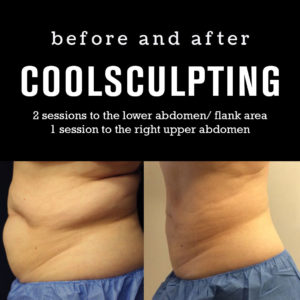
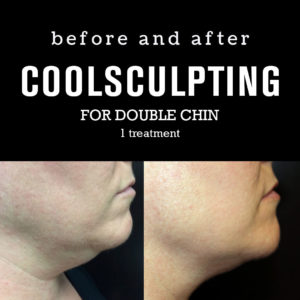
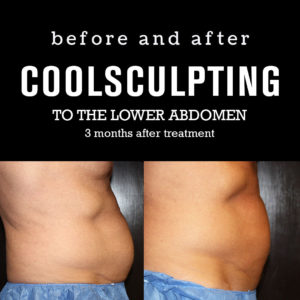
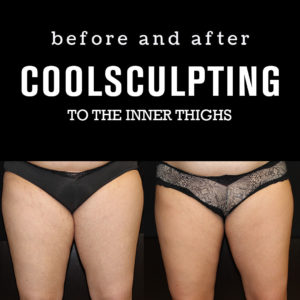
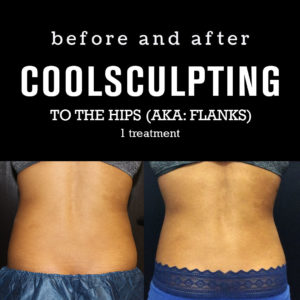
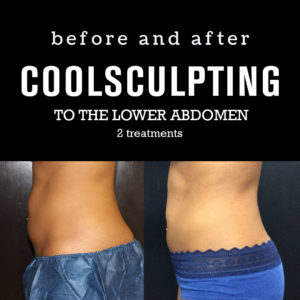
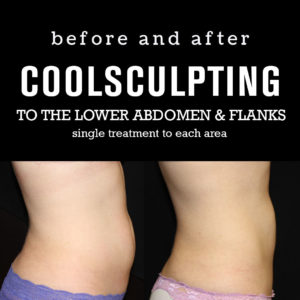
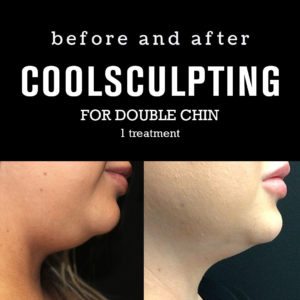
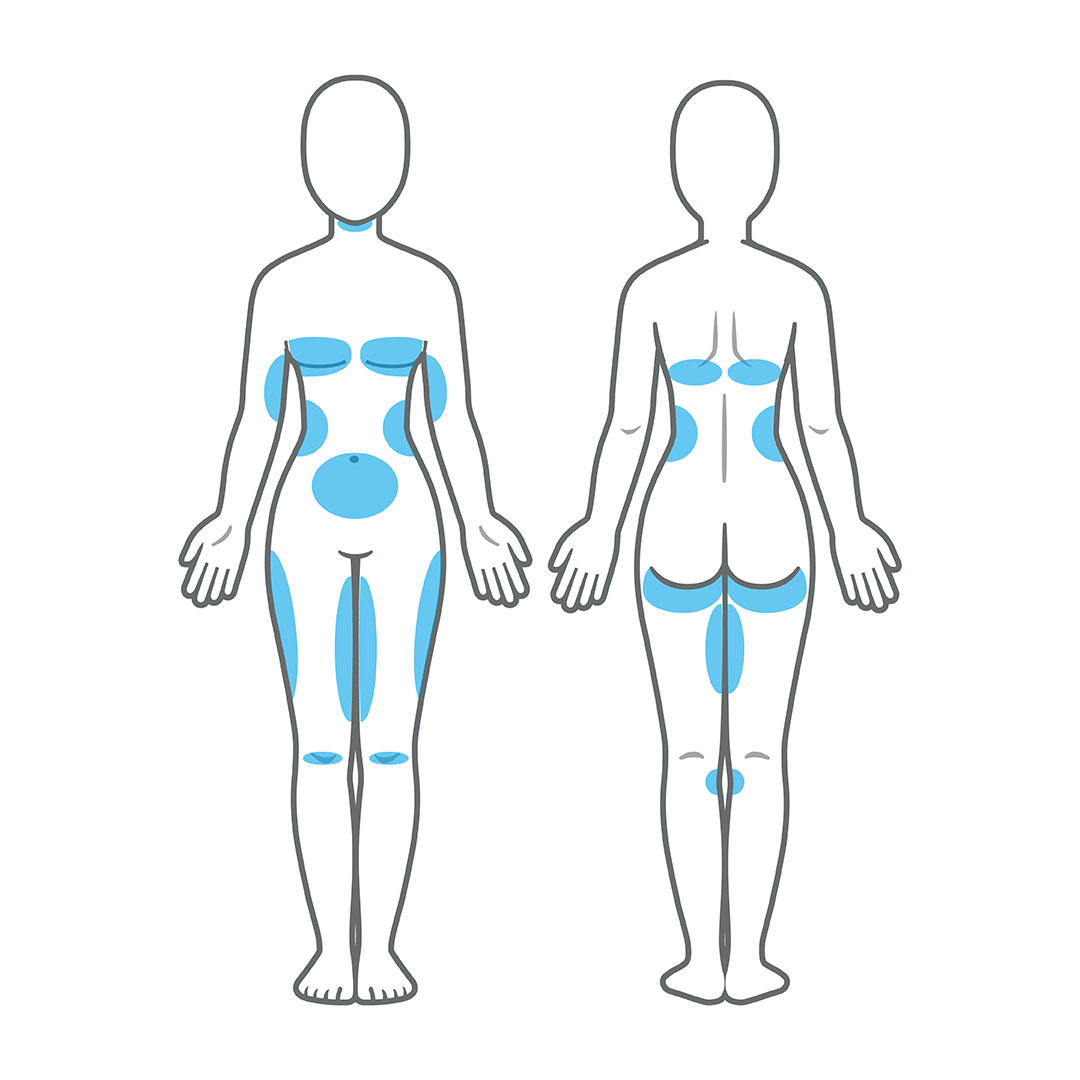
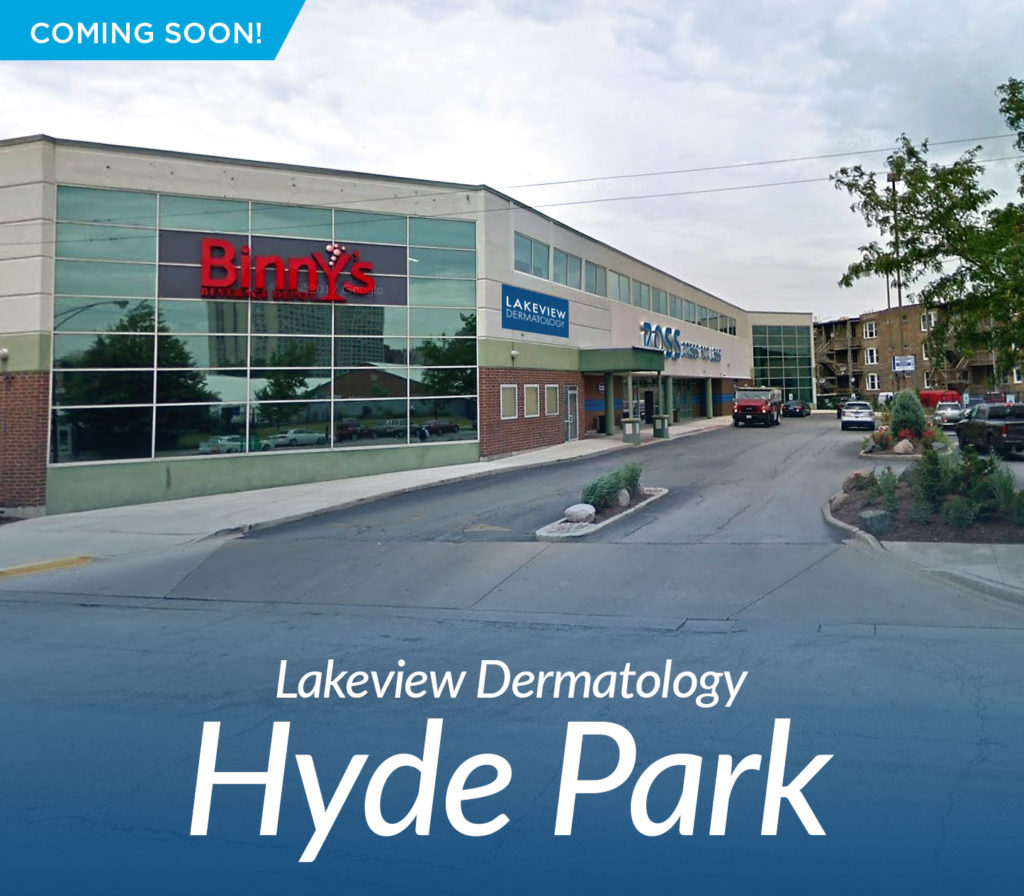
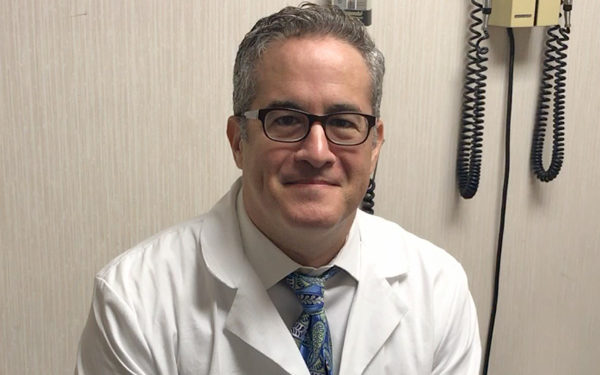
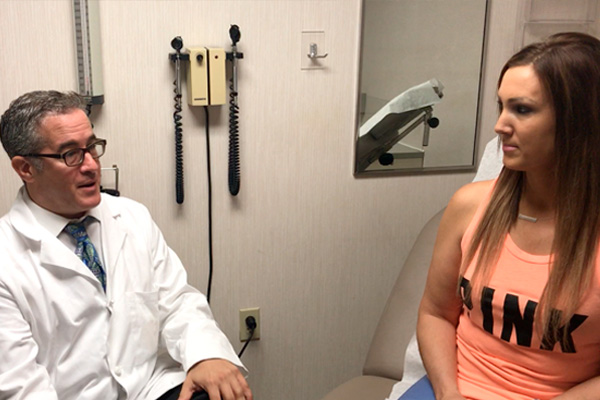
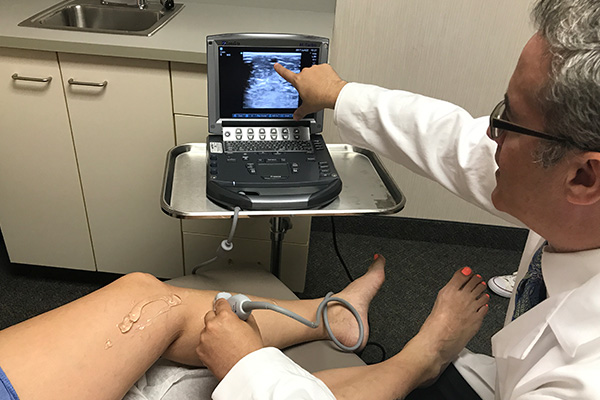
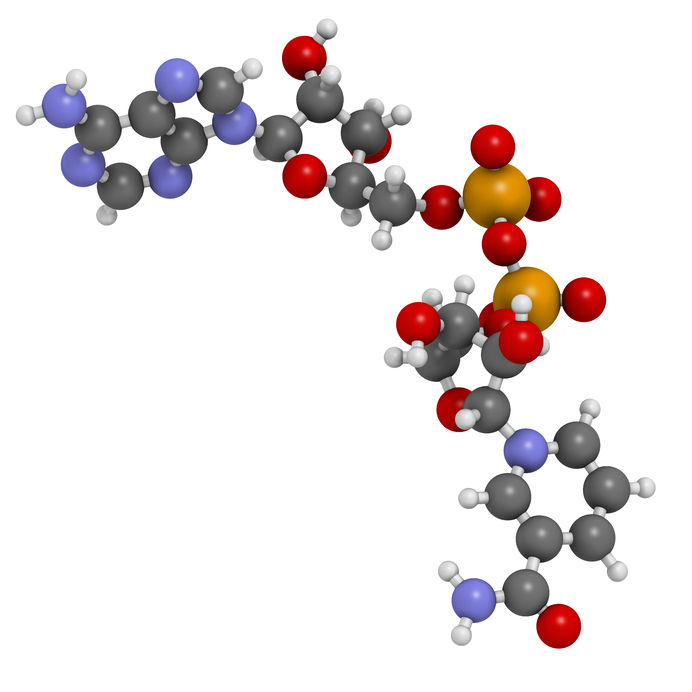
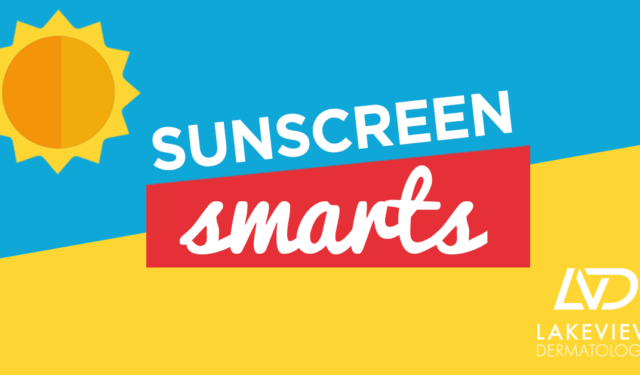
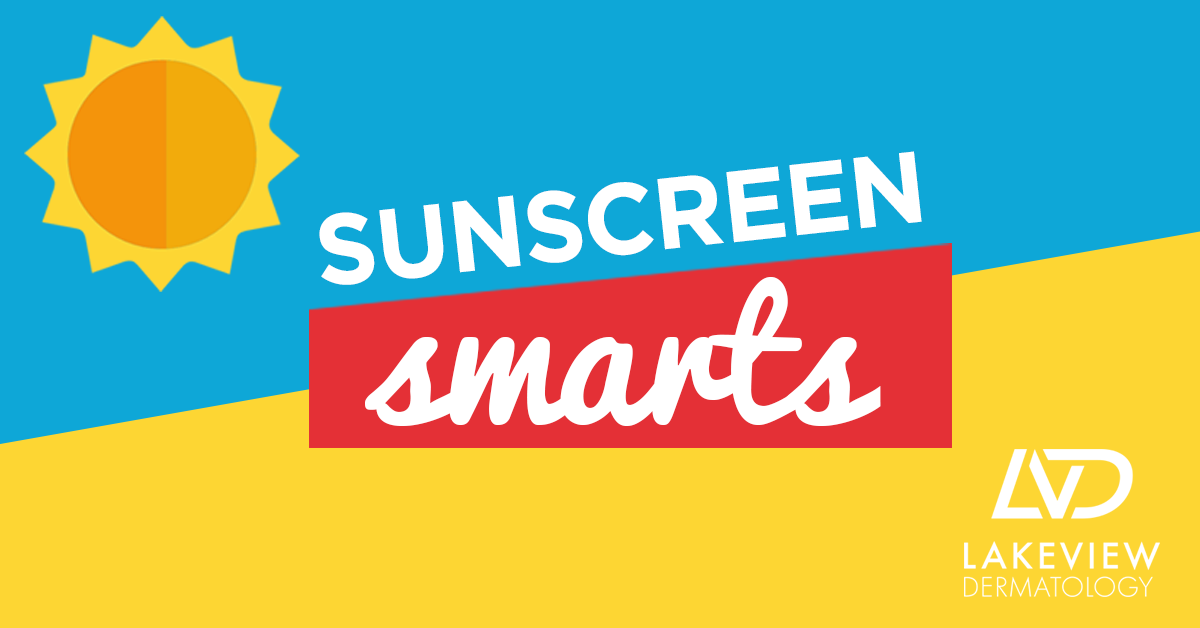
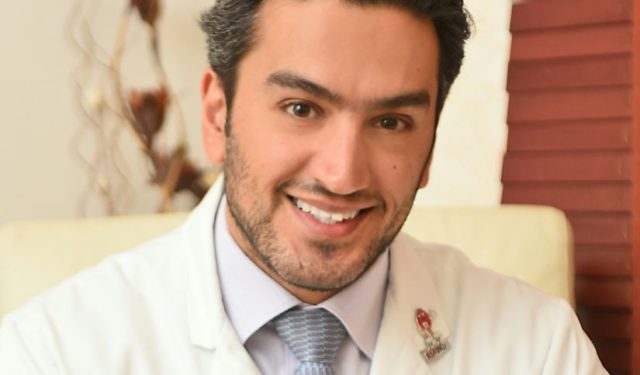

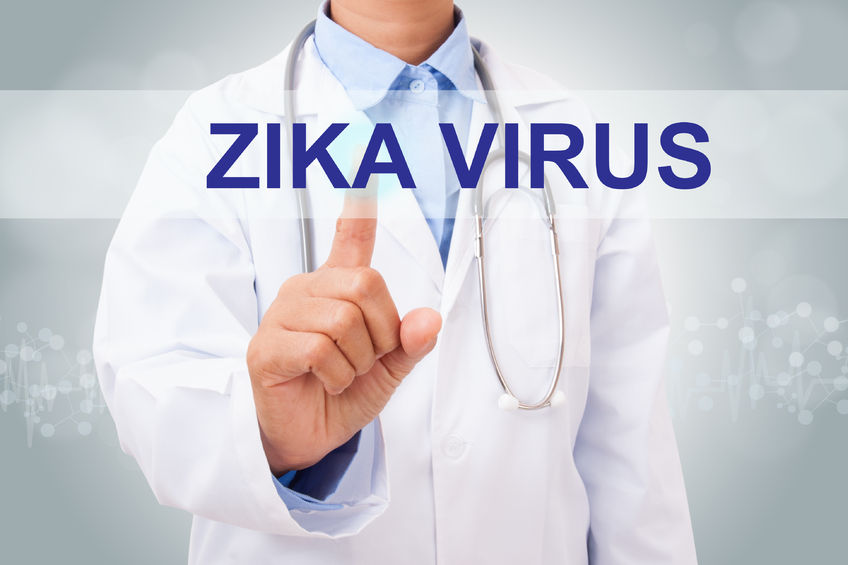
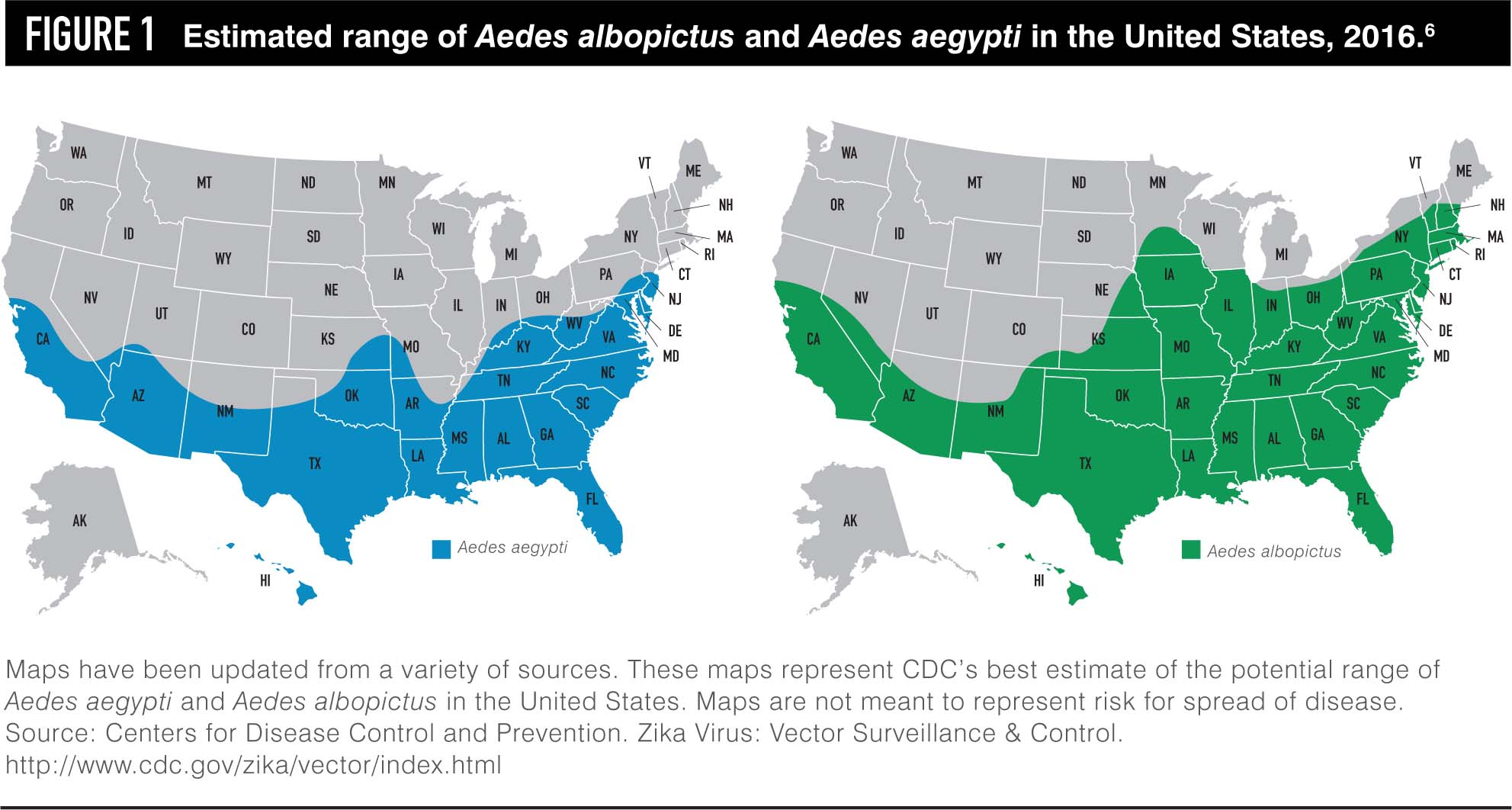
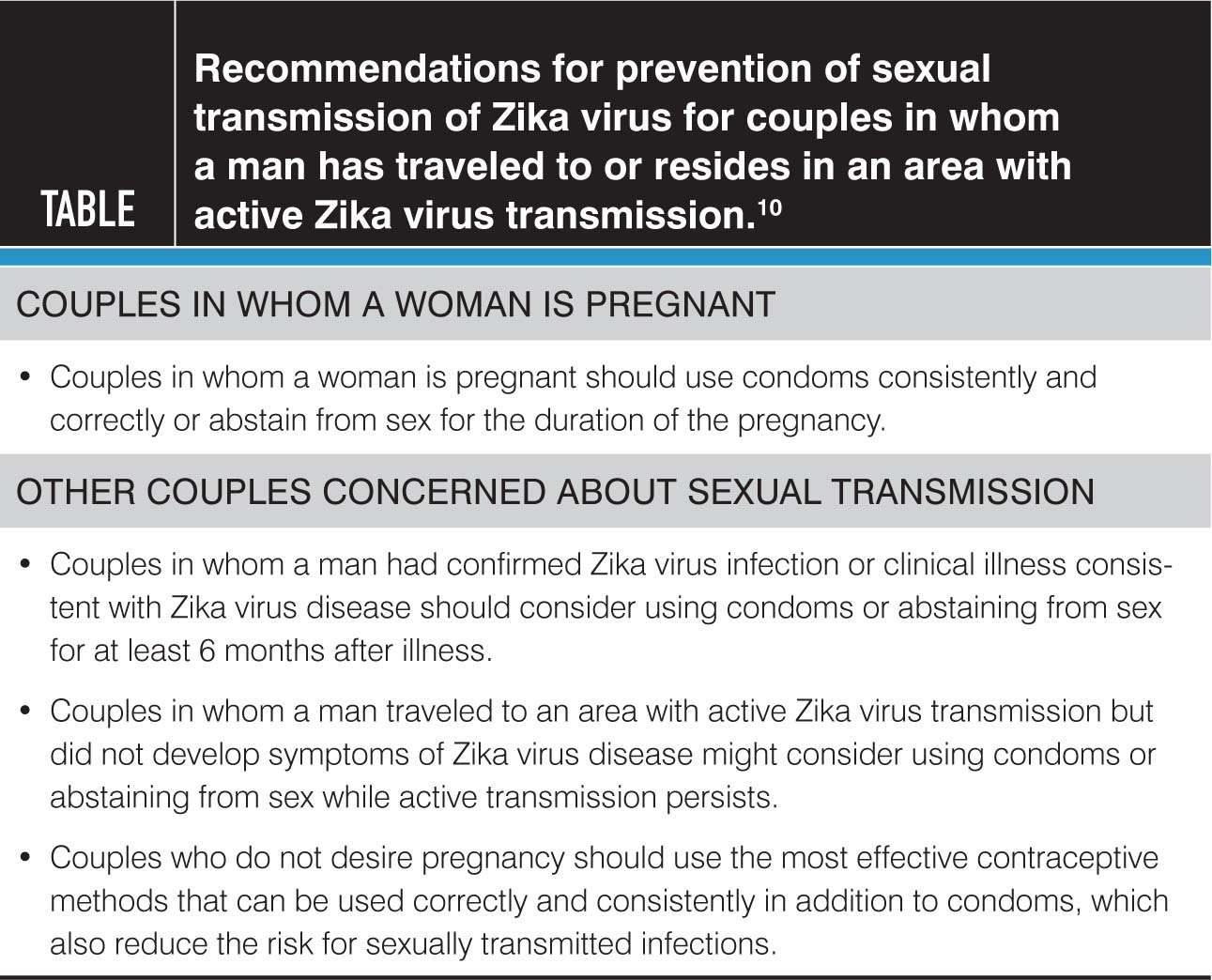


Recent Comments